High Frequency Vibration Data Storage
Keep valuable raw sensor data and pre-processed metrics secure and accessible with ReductStore
Get the Fastest Time Series Object Store on the Market
ReductStore consistently outperforms Minio in both writing and reading operations, regardless of chunk size. It is significantly faster than MongoDB for blobs, with performance gains ranging from 65% to 244%. Additionally, ReductStore surpasses TimescaleDB for blobs sized 100KB and higher, achieving improvements between 205% and 1300%. This makes ReductStore the optimal choice for high-throughput applications such as vibration sensor data storage and management.

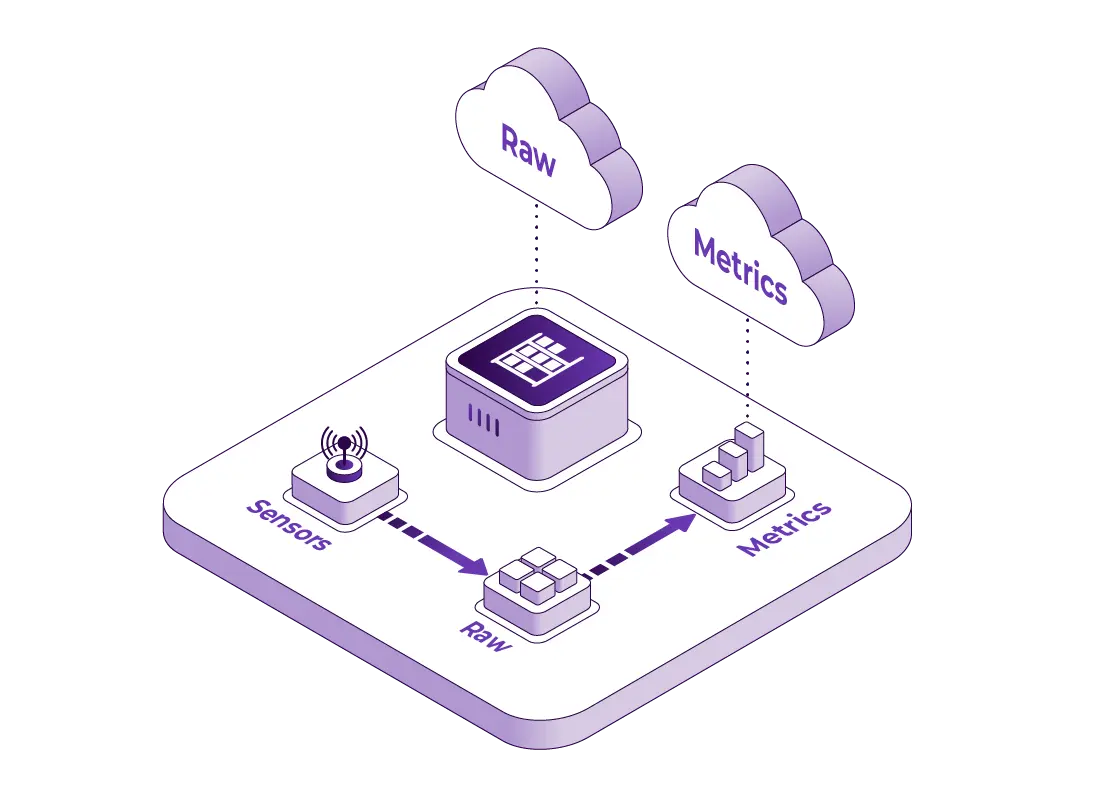
Store Both Raw and Pre-Processed Metrics
ReductStore supports all vibration sensors by accepting both raw and pre-processed data. The raw sensor output is stored as a blob, and each blob can be labeled with metadata. This allows storage of metrics such as peak, RMS, crest factor, or any other pre-processed data. Advanced filtering options allow efficient retrieval of either raw data or specific pre-processed metrics based on these labels. This functionality ensures that ReductStore can meet diverse vibration monitoring requirements while providing robust query capabilities to support complete data analysis workflows.
Eliminate Data Loss with Volume-Based Retention Policies
A real-time First-In-First-Out (FIFO) quota prevents disk space shortages in real time. Typically, databases implement retention policies based on time periods; in the case of ReductStore, retention can be set based on data volume. This is particularly useful when storing vibration sensor data on edge devices with limited storage capacity. By configuring a volume-based retention policy, you can ensure that all hours of operation are captured without interruption due to downtime or storage limitations. This enables continuous monitoring and historical analysis, which is critical for applications such as predictive maintenance and anomaly detection.
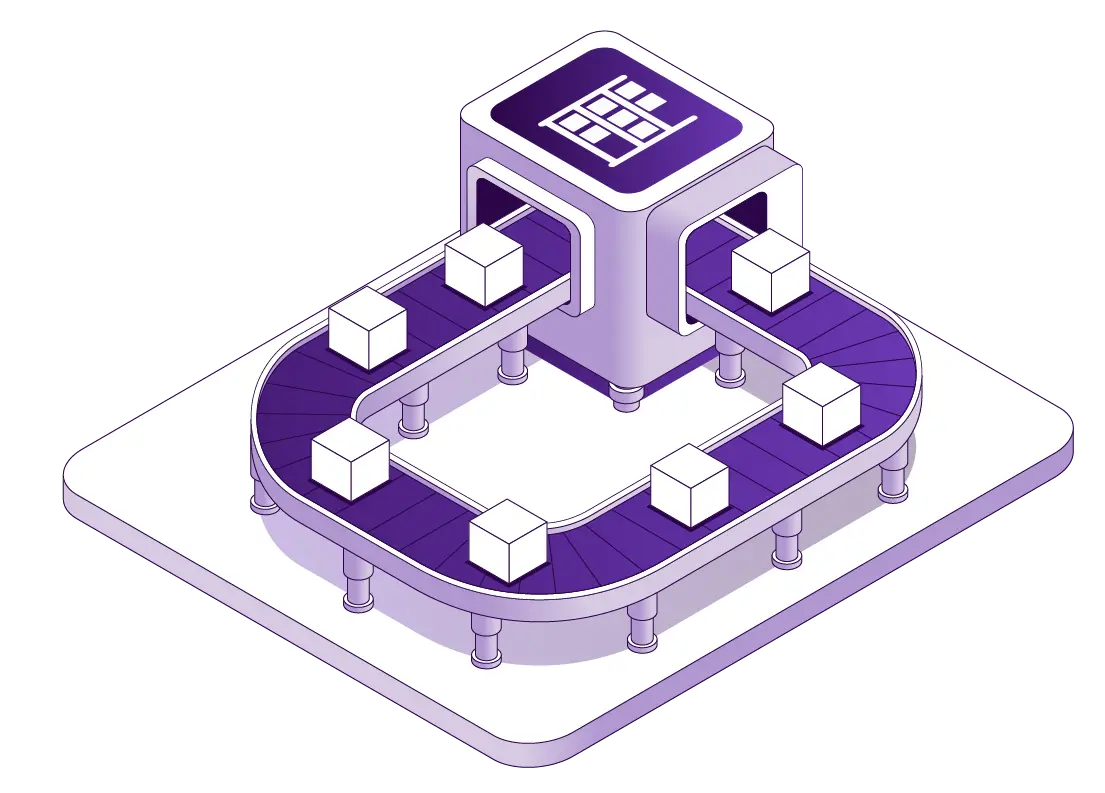
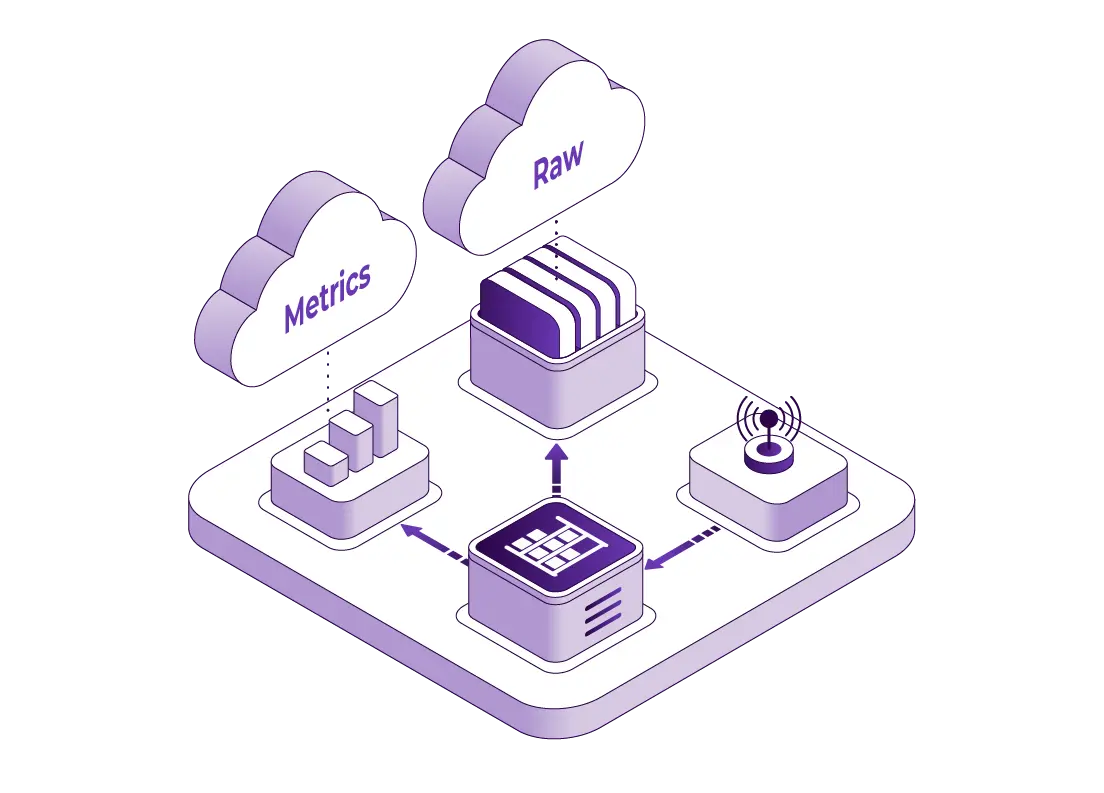
Decide on the Right Data Reduction Strategy
Raw sensor data is stored locally on the device to minimise latency, while selectively important or pre-processed data is replicated to the cloud for further analysis. This approach not only reduces storage overhead, but also optimises bandwidth usage. By employing reduction strategies based on metadata label filtering, only essential data are transmitted, enabling efficient resource utilisation without compromising analytical capabilities.
Streamline Condition Monitoring Applications
Condition monitoring applications can use ReductStore to efficiently manage and analyse vibration sensor data. Raw data is stored on the device as blobs, each tagged with pre-processed metrics such as algorithm labels, peaks, RMS or crest factors. These blobs can be automatically replicated to the cloud for further analysis or algorithm development. This dual storage approach and reduction strategy ensures real-time processing locally, while allowing extensive historical data analysis in the cloud.
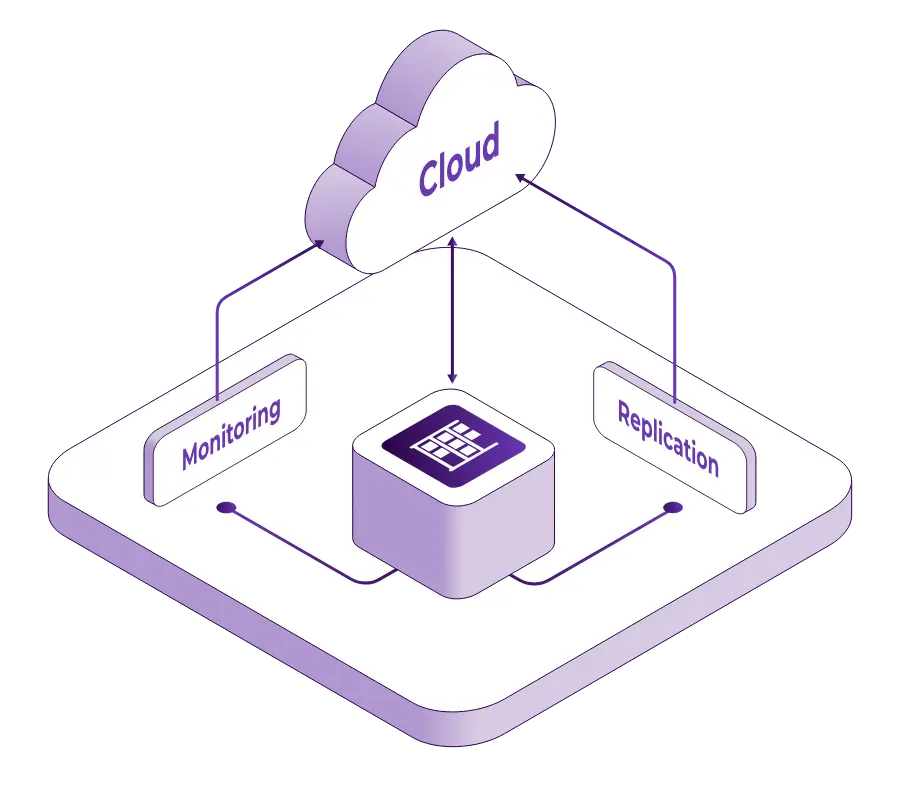
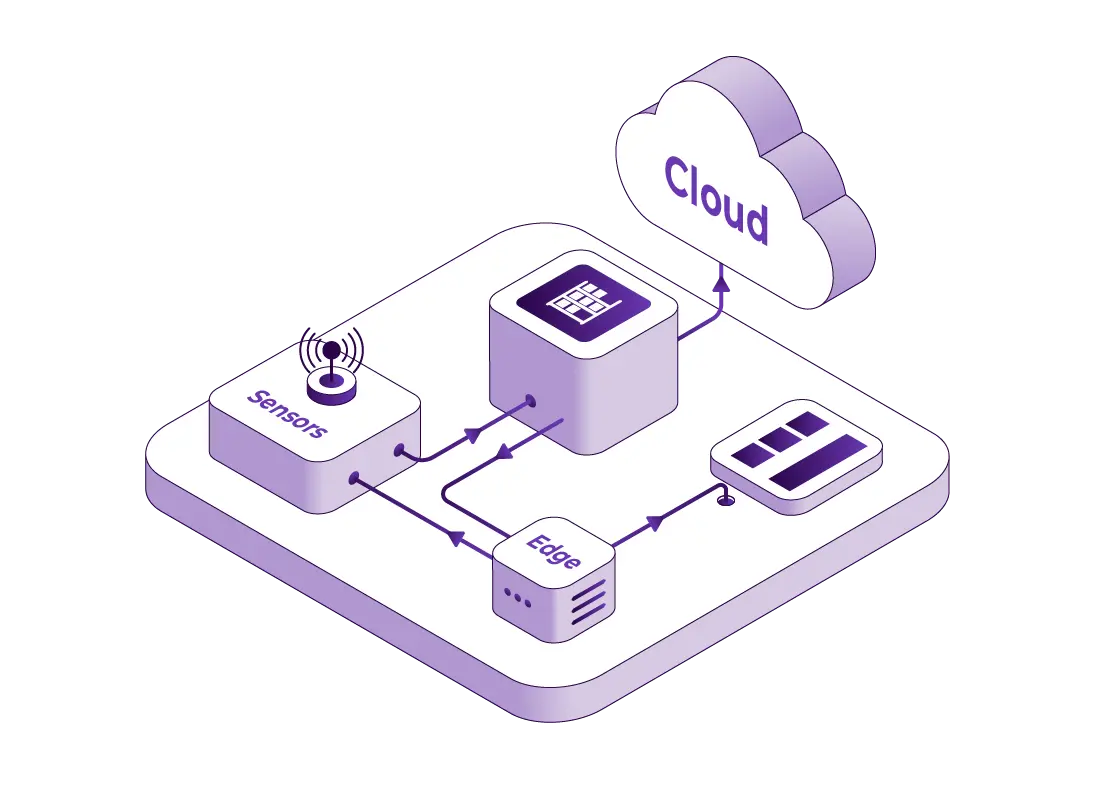
Accelerate Diagnostic Processes
Volume-based FIFO quotas ensure that critical diagnostic data is retained even during off-peak hours, providing continuous data availability. Metadata-based replication enables full blob storage and retrieval, improving the integrity and completeness of diagnostic data sets. ReductStore's unmatched write and read speed accelerates the diagnostic process by providing fast access to critical vibration sensor data. This rapid access is critical for timely fault detection and resolution, making ReductStore an optimal solution for high performance diagnostics in vibration monitoring systems.